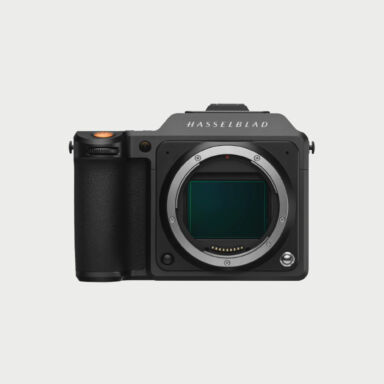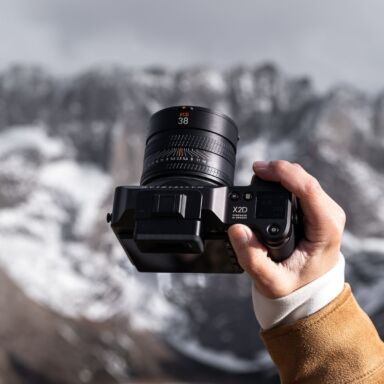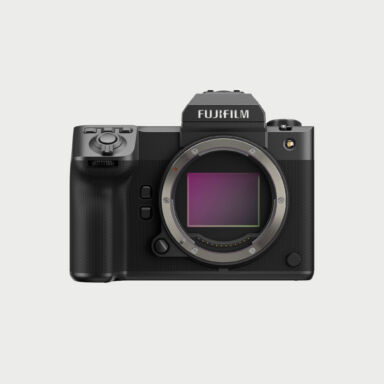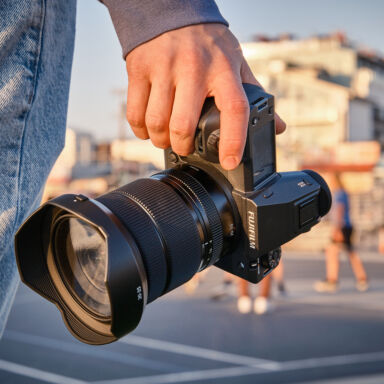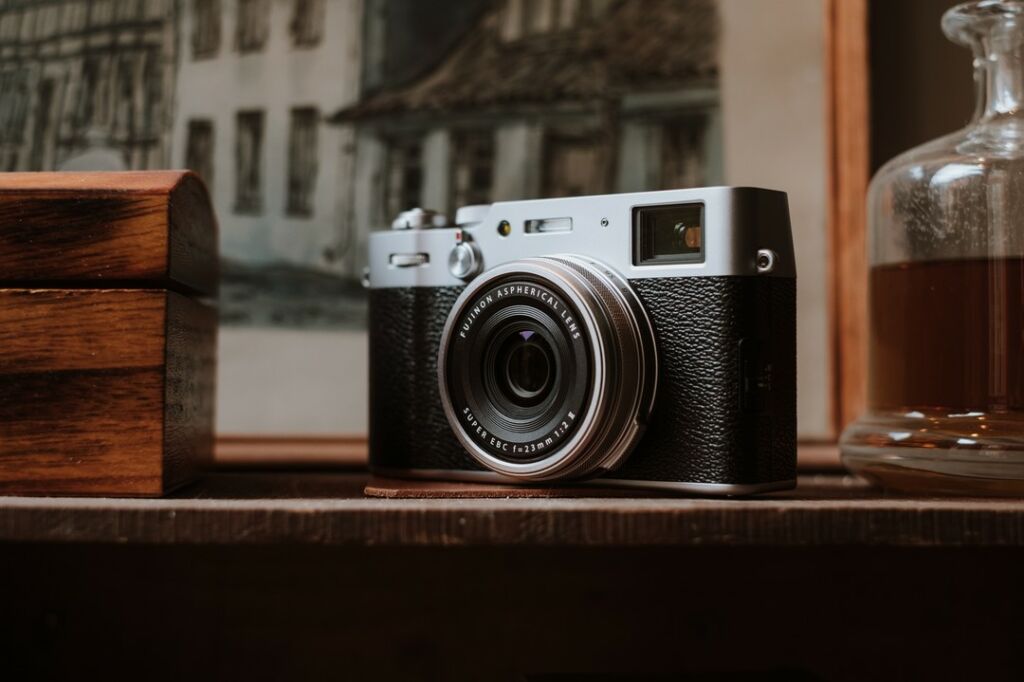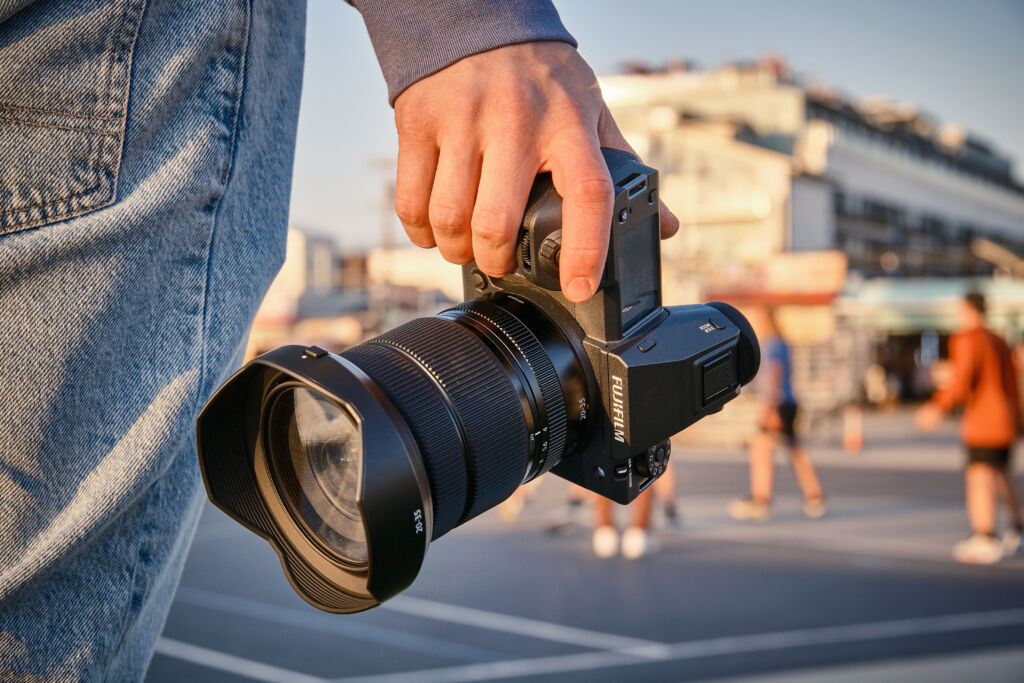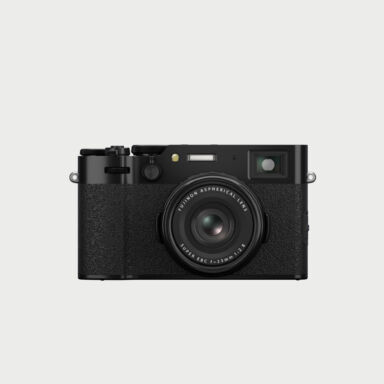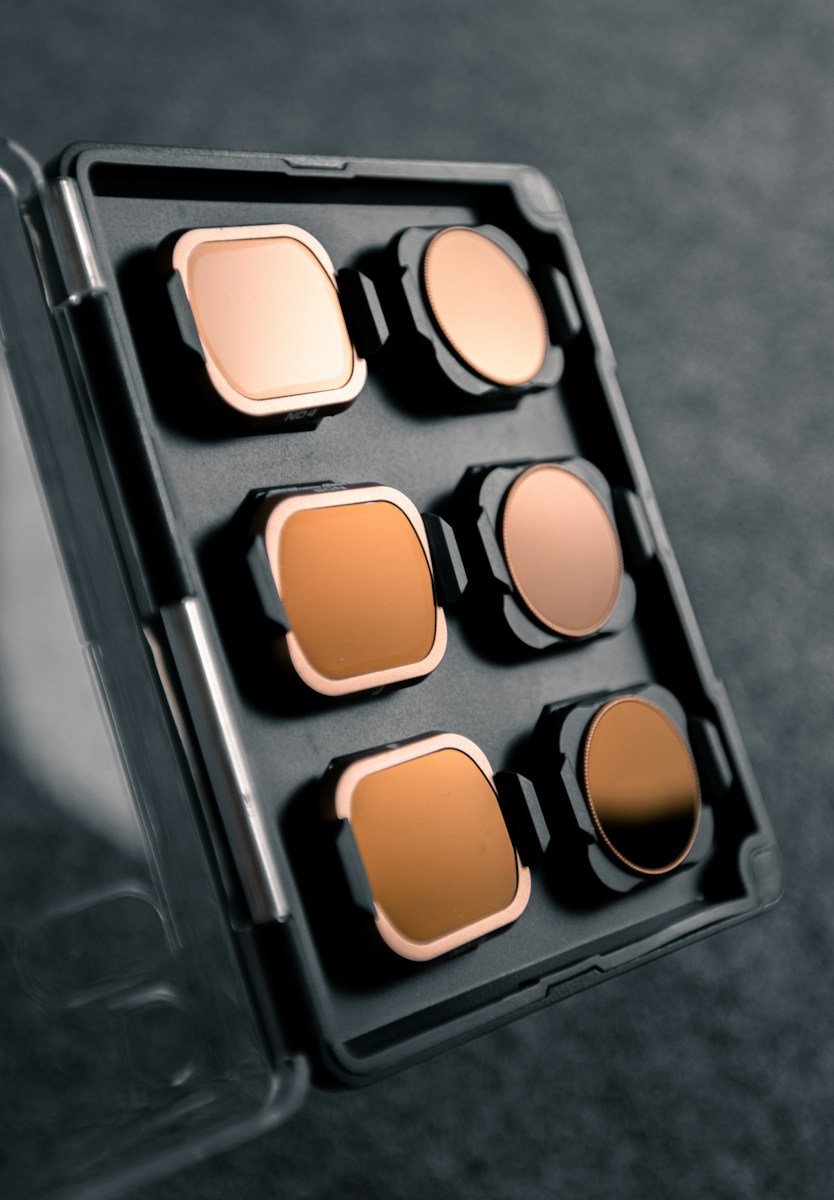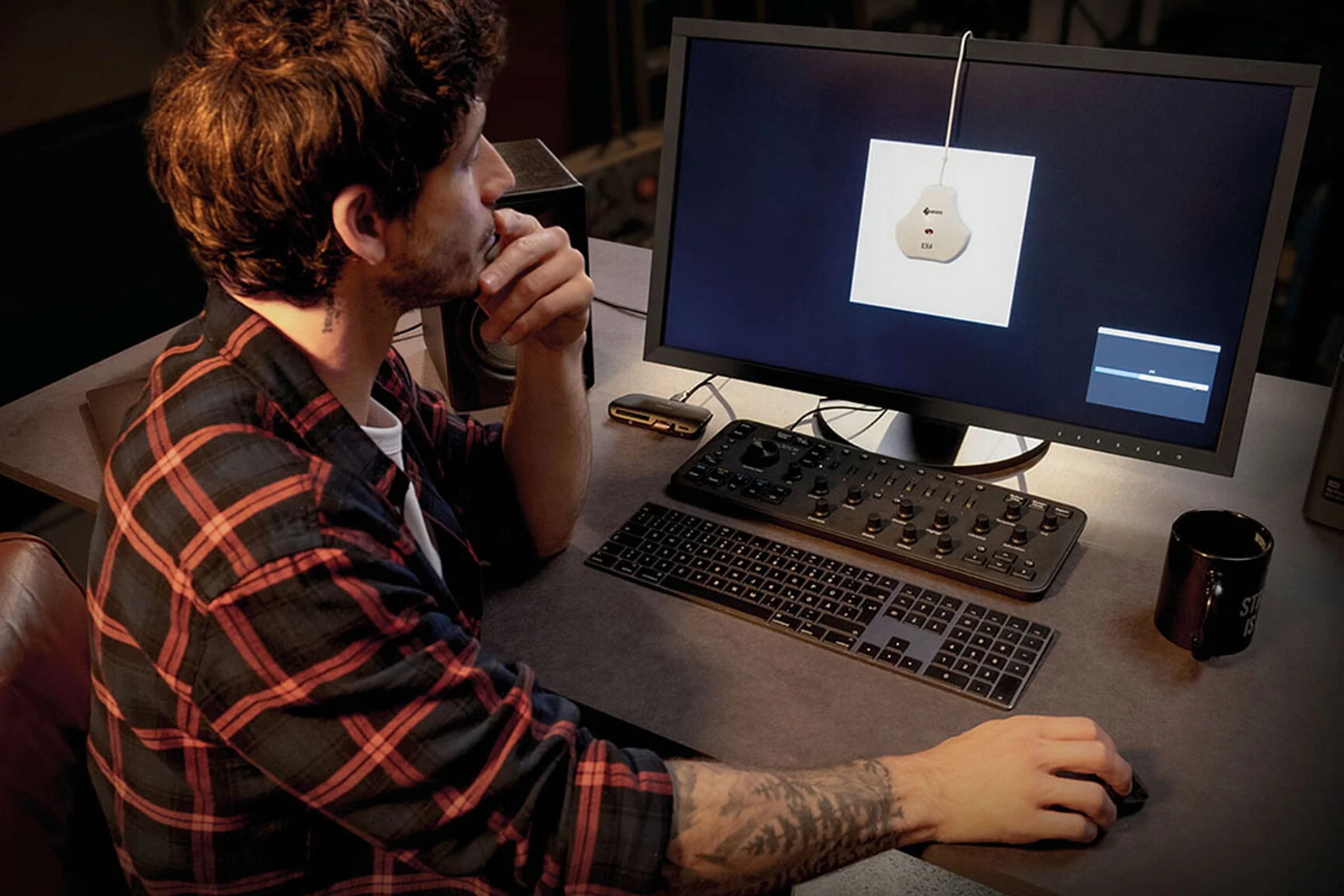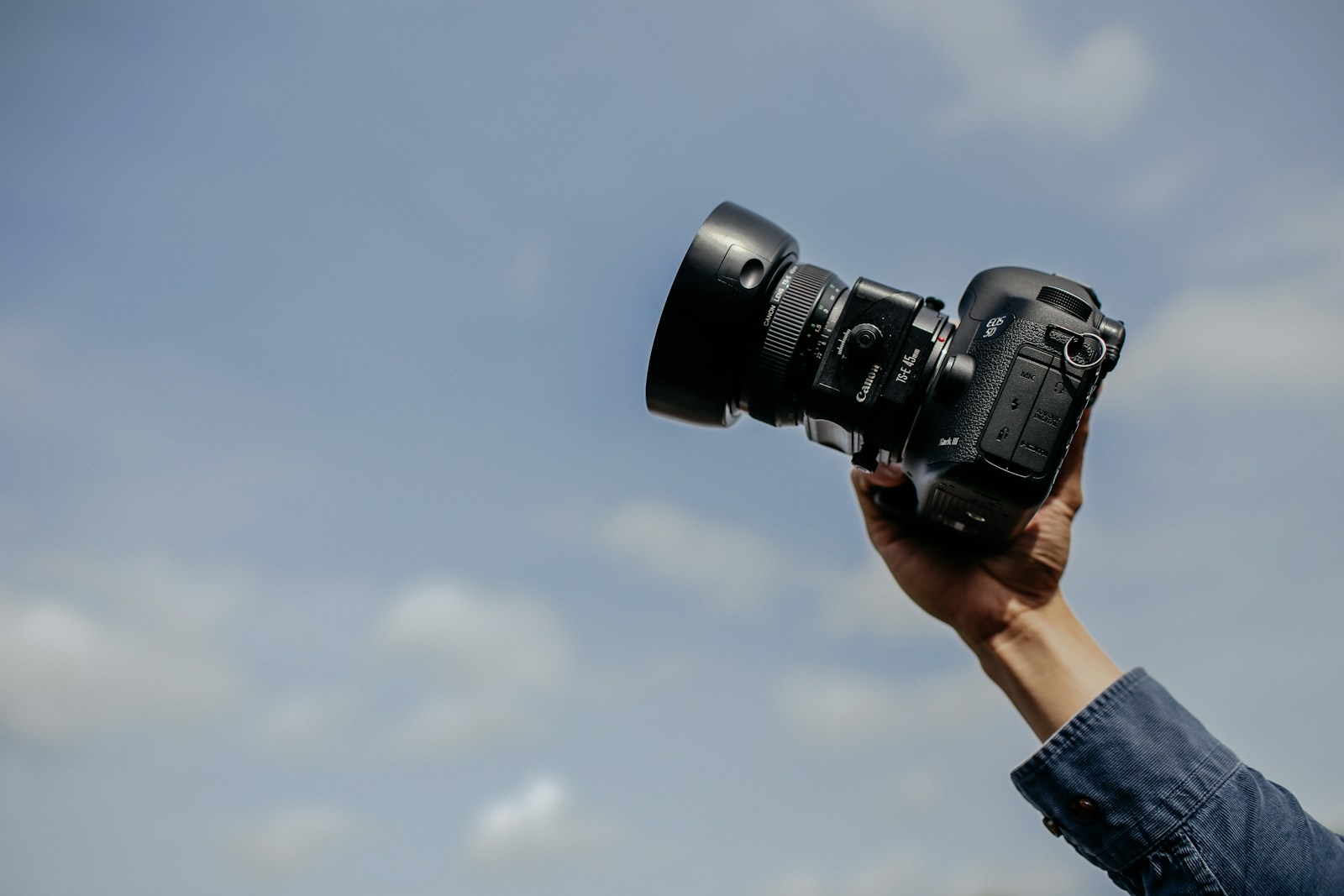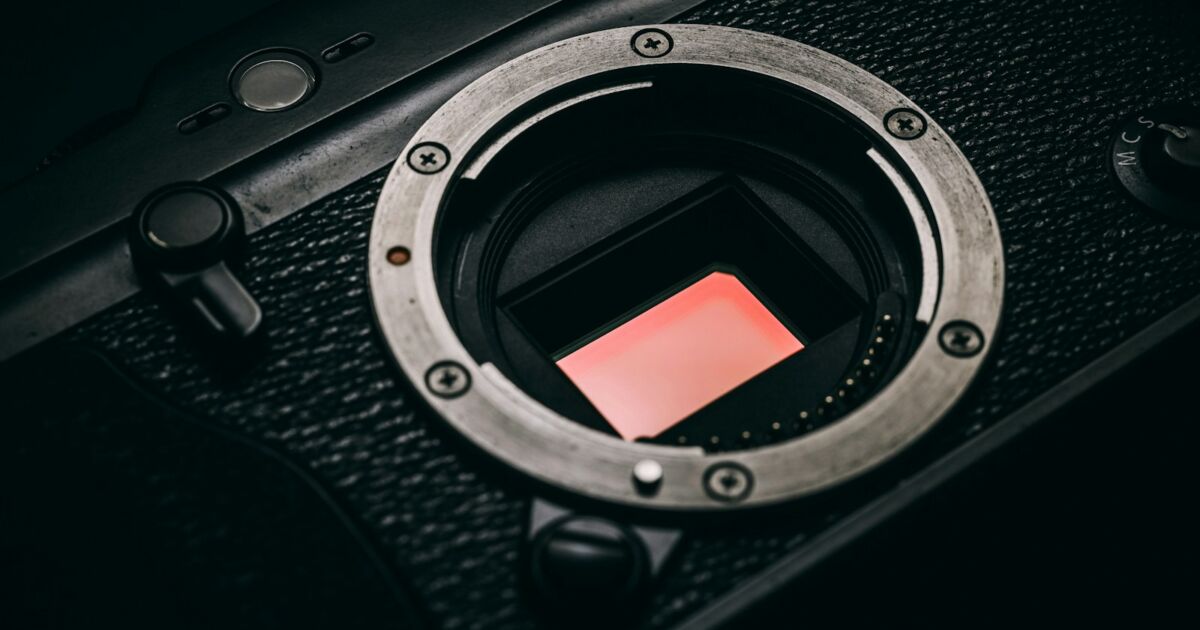Neutral Density (ND) filters play a crucial role in photography by reducing the amount of light entering the lens without affecting colors. Measured in stops, these filters enable various creative effects. They are often used for prolonged exposures, creating unique textures in clouds or smooth water surfaces. ND filters also assist in achieving a shallow depth of field, blurring moving elements, and protecting against excessive light during solar photography. Explore more about ND filters and understand variations like GND, RGND, VND, and CGND to enhance your creative toolkit.
Camera sensor size is essential for the image quality of your photos and your camera’s performance. In the film era, the camera sensor was uniform across all cameras, with a 35mm size. But with digital cameras and sensors today, it’s no longer the case, with options like medium format sensors, full-frame sensors, APS-C sensors, and the Micro 4/3 sensor. Explore the unique features of each to choose the sensor that best suits your photographic needs.
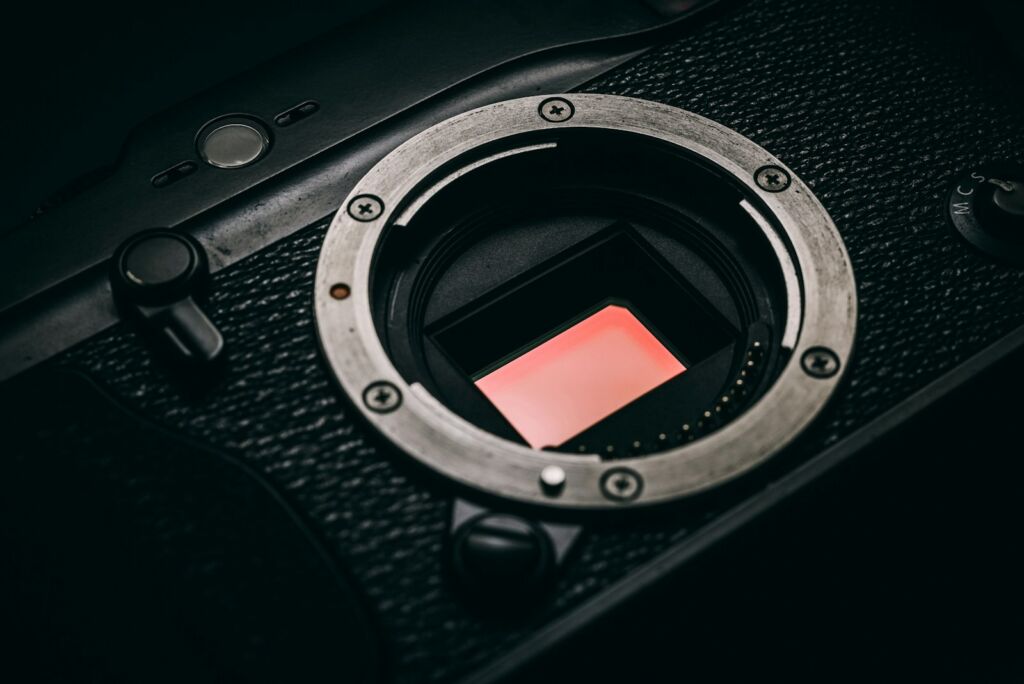
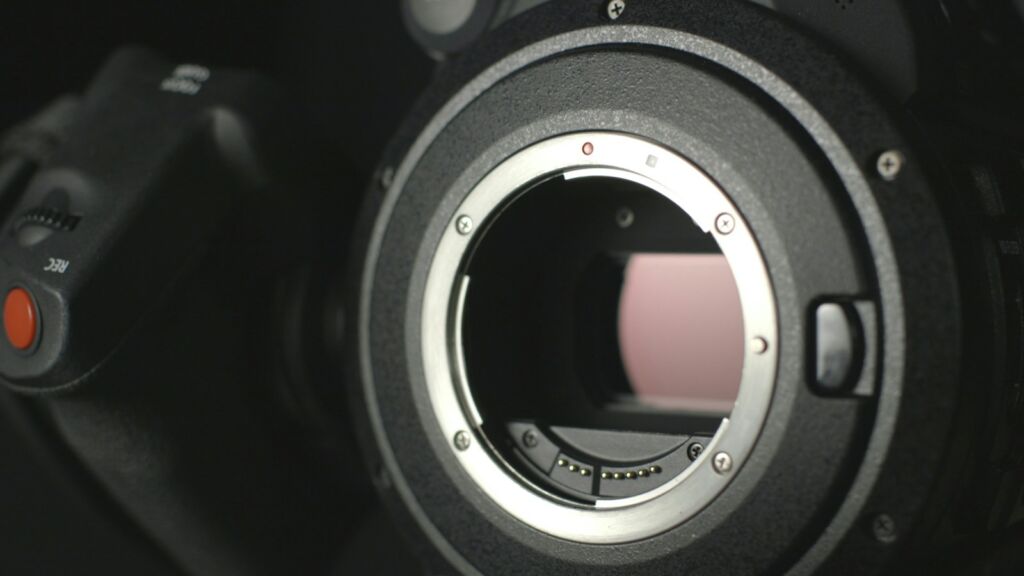
How does a camera sensor work?
In general, it can be said that the larger the sensor, the higher the image quality. The sensor of a digital camera is composed of tiny photosites. Each photosite acts as a light receptor. When light enters through the camera’s lens, during exposure, it reaches these photosites on the sensor. Each of the photosites generates electrons proportional to the received light. These electrical signals are then converted into a digital image. In comparison, the sensor is to digital what the film was to analog.
Why is sensor size important?
The image quality of a camera is determined by the size of its sensor; larger sensors result in better image quality. Larger sensors mean larger pixels, which translates to improved performance in low-light conditions, reduced noise, increased dynamic range, and the ability to capture more information. As a photographer, it’s essential to understand the differences between camera sensor sizes.
Medium Format sensor
The medium format is the largest type of sensor in digital photography. It is distinguished by its sensor size ranging from 44 x 33 mm to 53.9 x 40.4 mm. This large size allows for high image quality and resolution. Medium format cameras are often used for commercial photography or professional studio shoots.
The drawbacks of the medium format sensor include its high cost, weight, and bulkiness, making it less practical for photographers who are frequently on the move and require increased mobility. Therefore, medium format cameras are ideal for professional studio use.
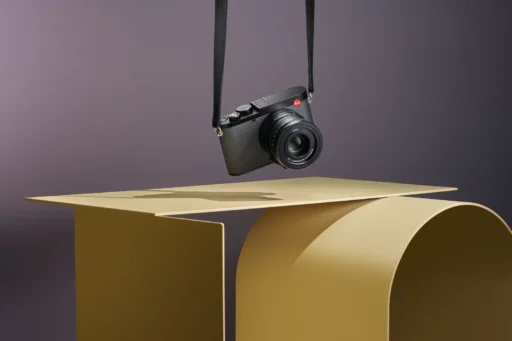


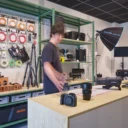
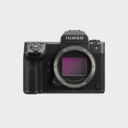 Photo
Photo 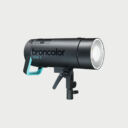 Lighting
Lighting  Tripods & Grip
Tripods & Grip 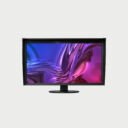 Digital
Digital 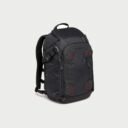 Bags & Cases
Bags & Cases 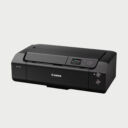 Printing
Printing 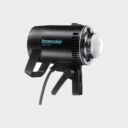 Continous lights
Continous lights 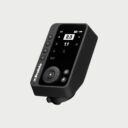 Transmitters
Transmitters 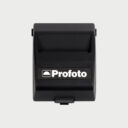 Accessories & Parts
Accessories & Parts 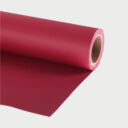 Accessories tripods & grips
Accessories tripods & grips 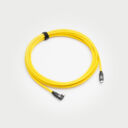 Cables & Tether
Cables & Tether 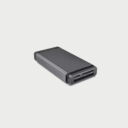 Hub & Adaptaters
Hub & Adaptaters 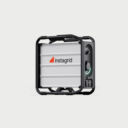 Portable power stations
Portable power stations  Sling bags
Sling bags 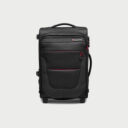 Rolling bags
Rolling bags 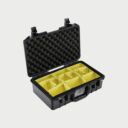 Hard cases
Hard cases  Organizers & Pouches
Organizers & Pouches 